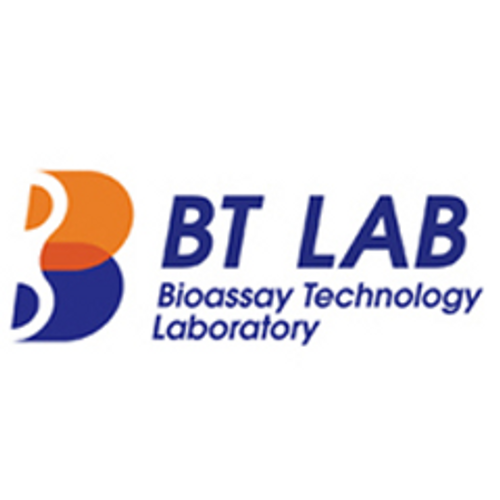Product Description
Human Leptin (LEP) ELISA Kit | AE58414HU | Abebio
Species Reactivity: Human (Homo sapiens)
Abbreviation: LEP
Alternative Name: FLJ94114; OB; OBS; leptin (murine obesity homolog) |leptin (obesity homolog; mouse) |obese; mouse; homolog of|obesity factor
Application: ELISA
Range: 0.156-10 ng/mL
Sensitivity: 0.058 ng/mL
Intra-Assay: ≤5.9%
Inter-Assay: ≤9.5%
Recovery: 1, 06
Sample Type: Serum, Plasma, Other biological fluids
Detection Method: Sandwich
Analysis Method : Quantitive
Test Principale: This assay employs a two-site sandwich ELISA to quantitate LEP in samples. An antibody specific for LEP has been pre-coated onto a microplate. Standards and samples are pipetted into the wells and anyLEP present is bound by the immobilized antibody. After removing any unbound substances, a biotin-conjugated antibody specific for LEP is added to the wells. After washing, Streptavidin conjugated Horseradish Peroxidase (HRP) is added to the wells. Following a wash to remove any unbound avidin-enzyme reagent, a substrate solution is added to the wells and color develops in proportion to the amount of LEP bound in the initial step. The color development is stopped and the intensity of the color is measured.
Product Overview: Leptin is a protein hormone with important effects in regulating body weight, metabolism and reproductive function. Leptin is a 16-kD protein that plays a critical role in the regulation of body weight by inhibiting food intake and stimulating energy expenditure. Defects in leptin production cause severe hereditary obesity in rodents and humans. In addition to its effects on body weight, leptin has a variety of other functions, including the regulation of hematopoiesis, angiogenesis, wound healing, and the immune and inflammatory response. Leptin acts through the leptin receptor (LEPR), a single-transmembrane-domain receptor of the cytokine receptor family, which is found in many tissues in several alternatively spliced forms. The LEP gene is the human homolog of the gene (ob) mutant in the mouse 'obese' phenotype.
Stability: The stability of ELISA kit is determined by the loss rate of activity. The loss rate of this kit is less than 5% within the expiration date under appropriate storage condition. The loss rate was determined by accelerated thermal degradation test. Keep the kit at 37°C for 4 and 7 days, and compare O.D.values of the kit kept at 37°C with that of at recommended temperature. (referring from China Biological Products Standard, which was calculated by the Arrhenius equation. For ELISA kit, 4 days storage at 37°C can be considered as 6 months at 2 - 8°C, which means 7 days at 37°C equaling 12 months at 2 - 8°C) .
 Euro
Euro
 USD
USD
 British Pound
British Pound
 NULL
NULL












